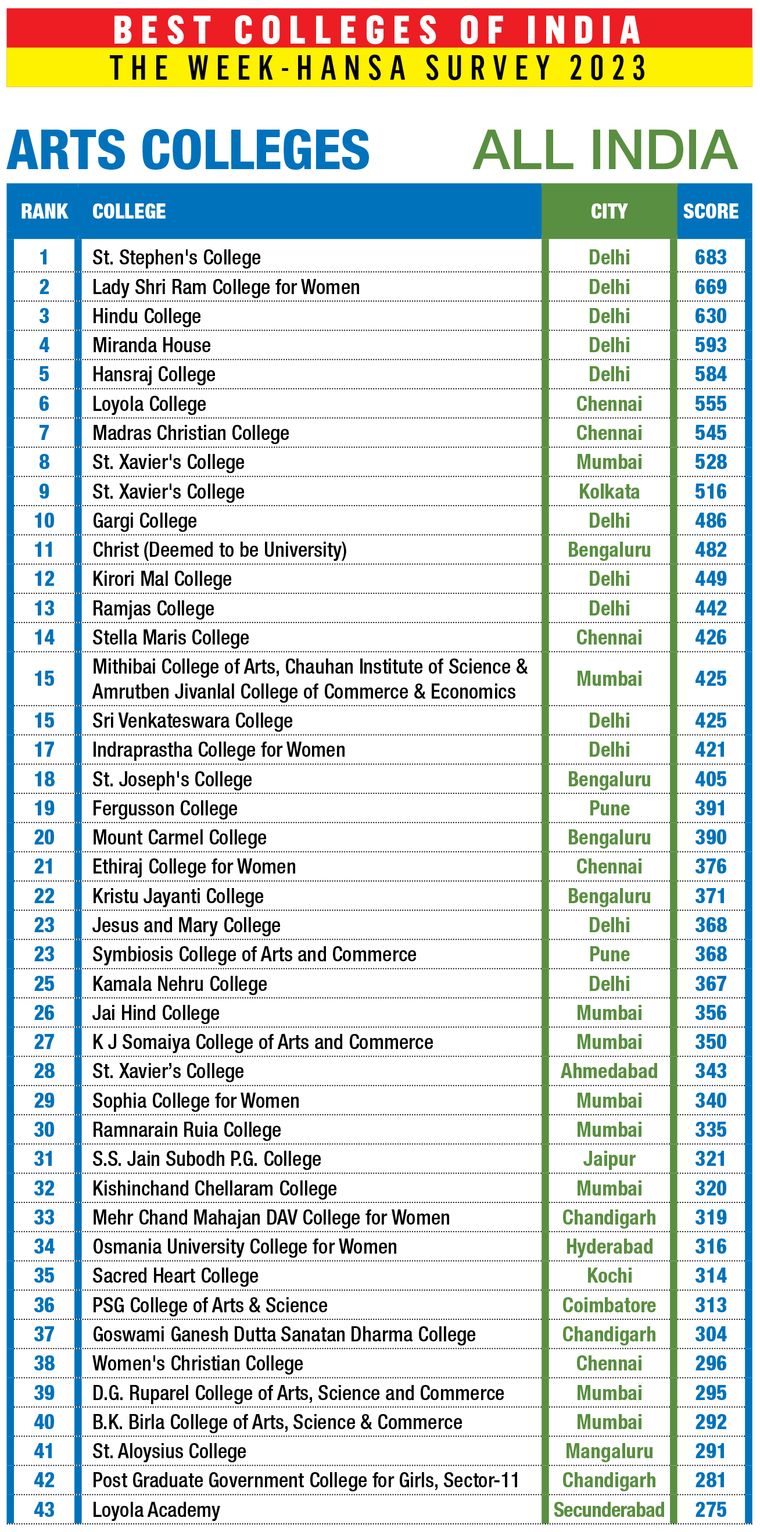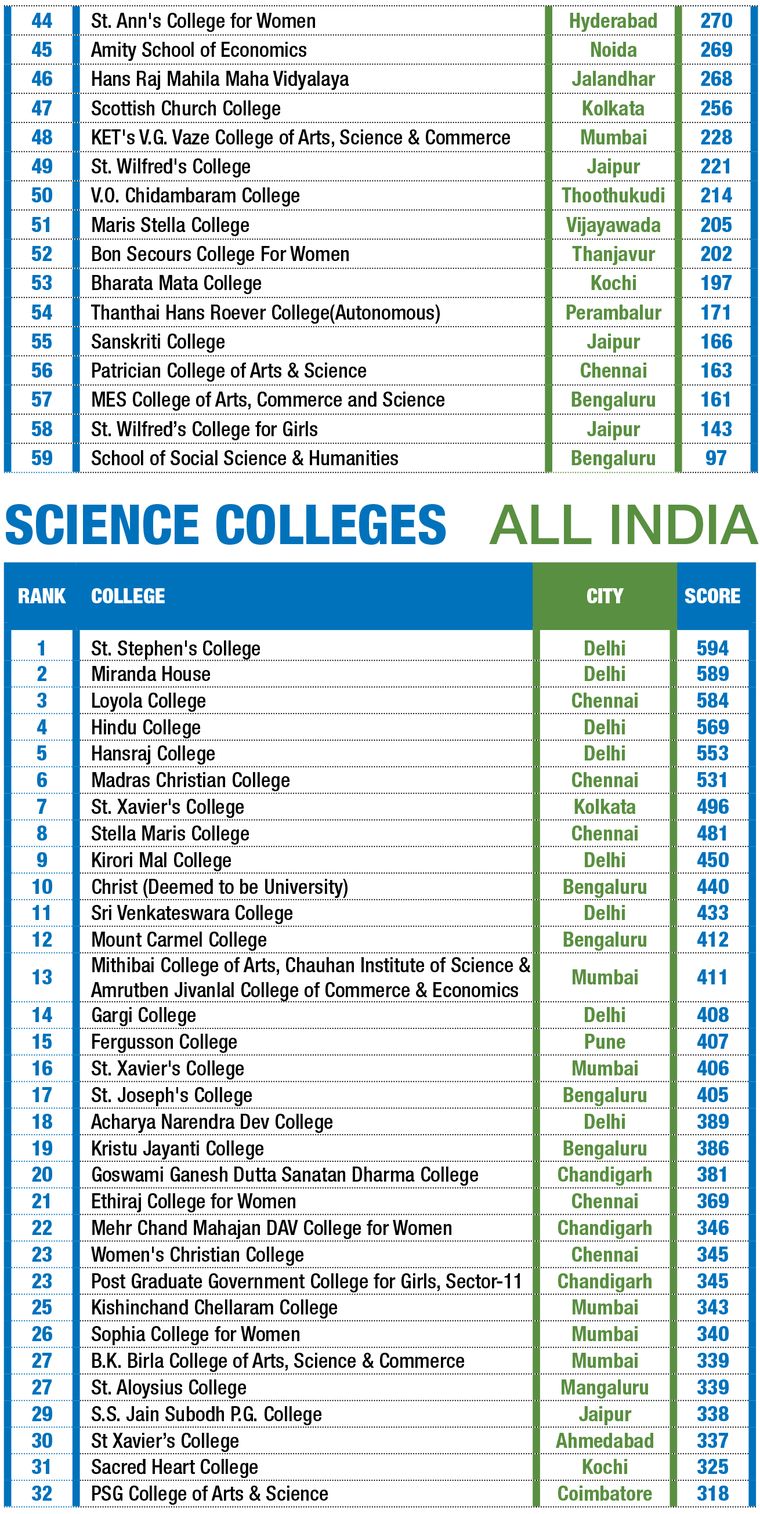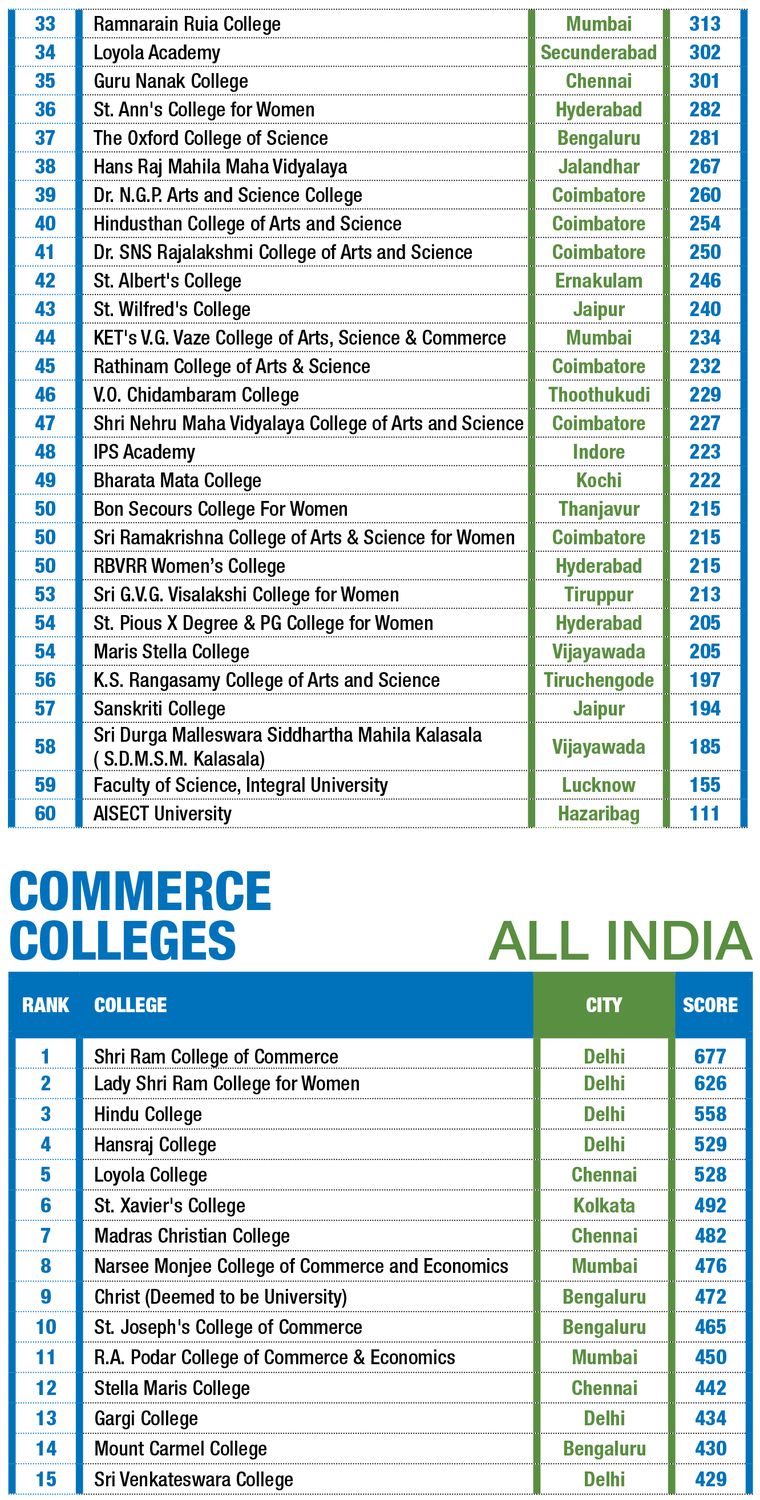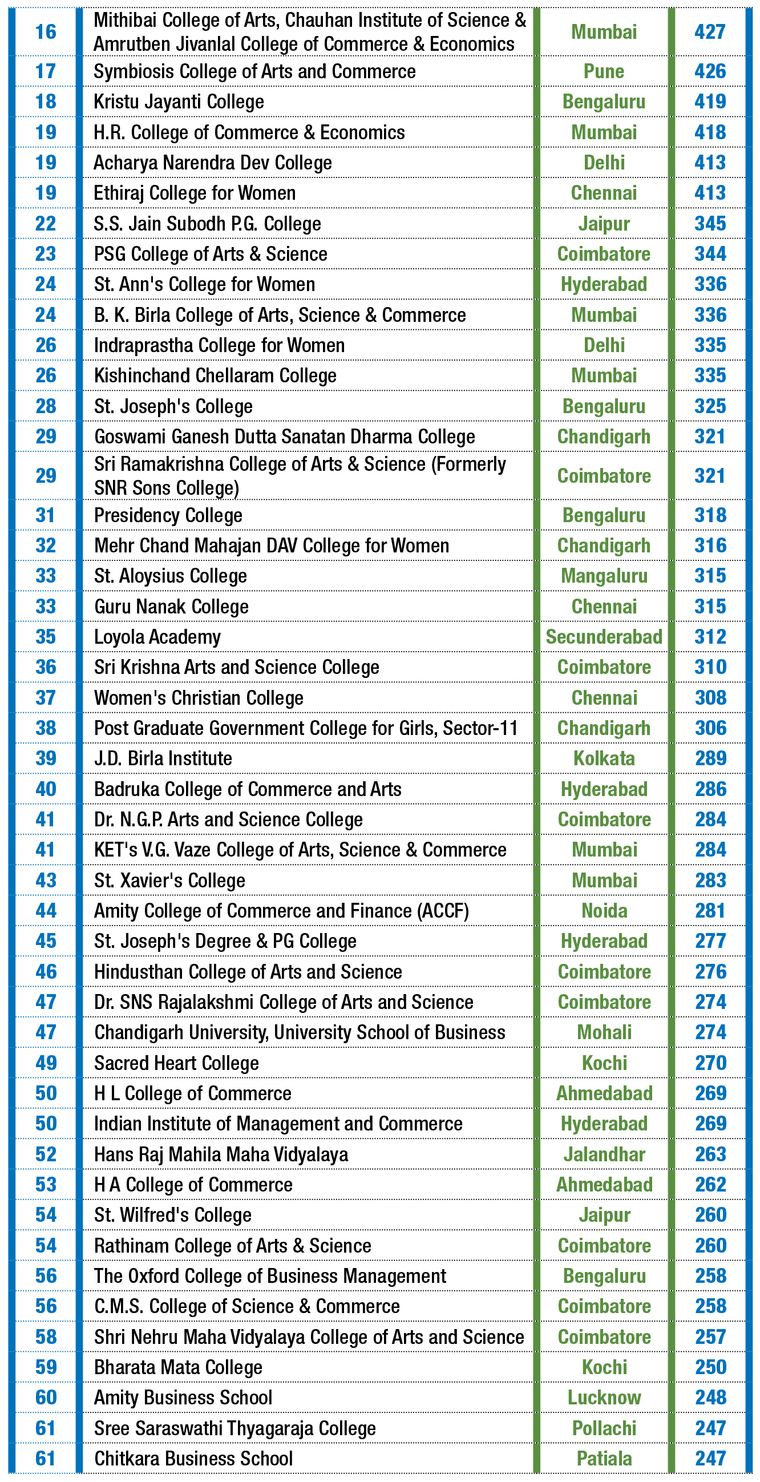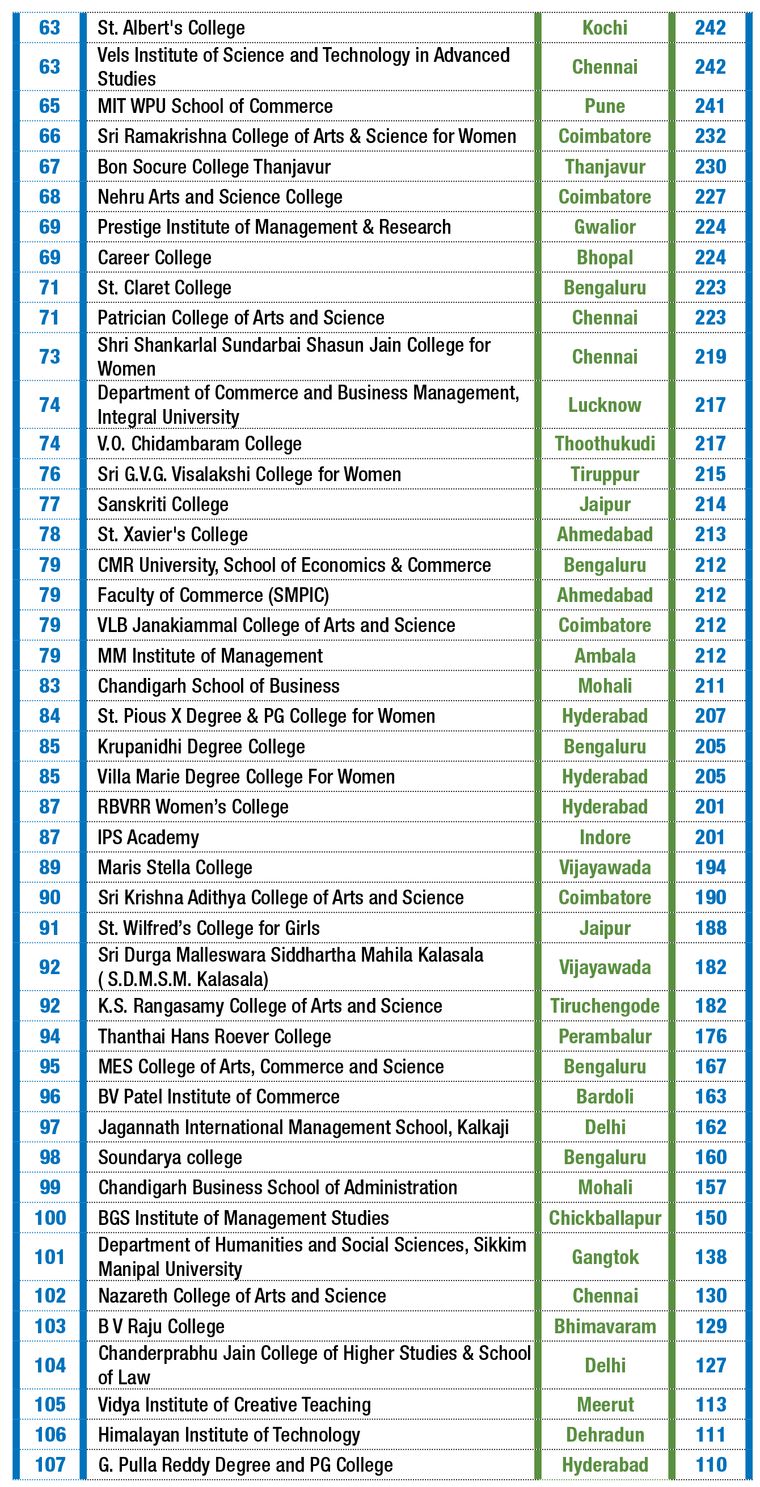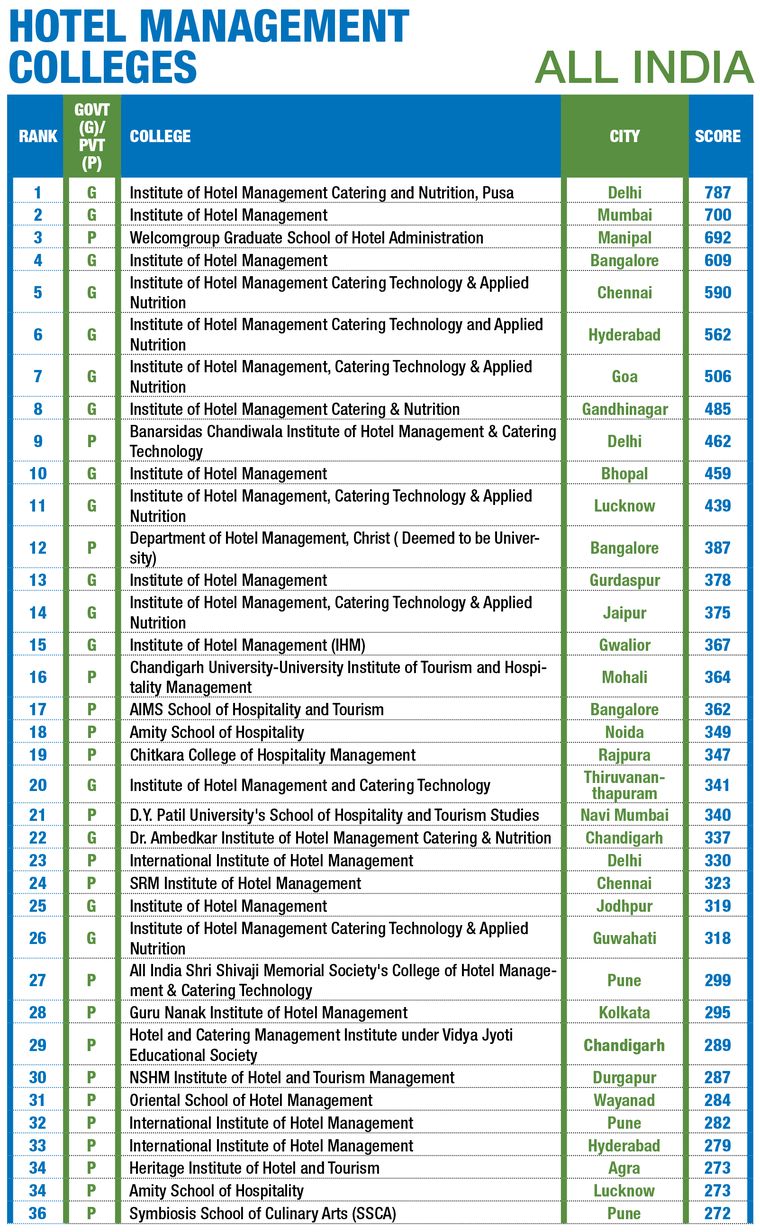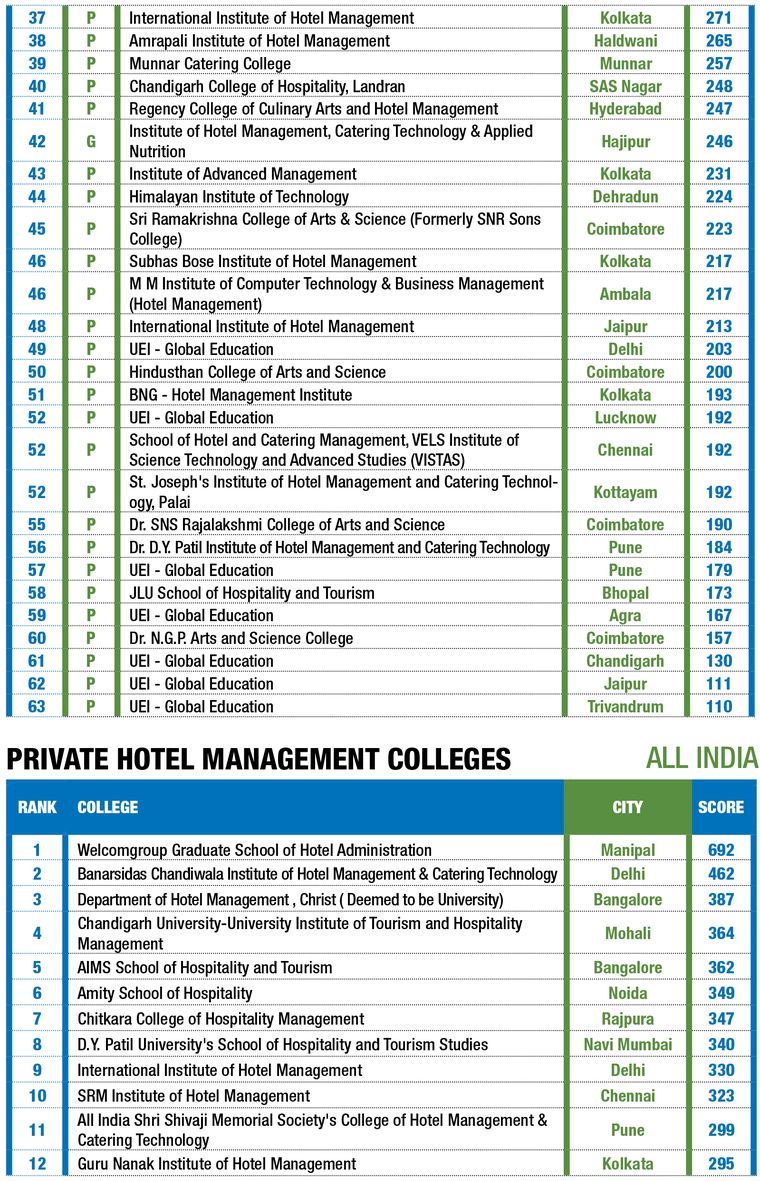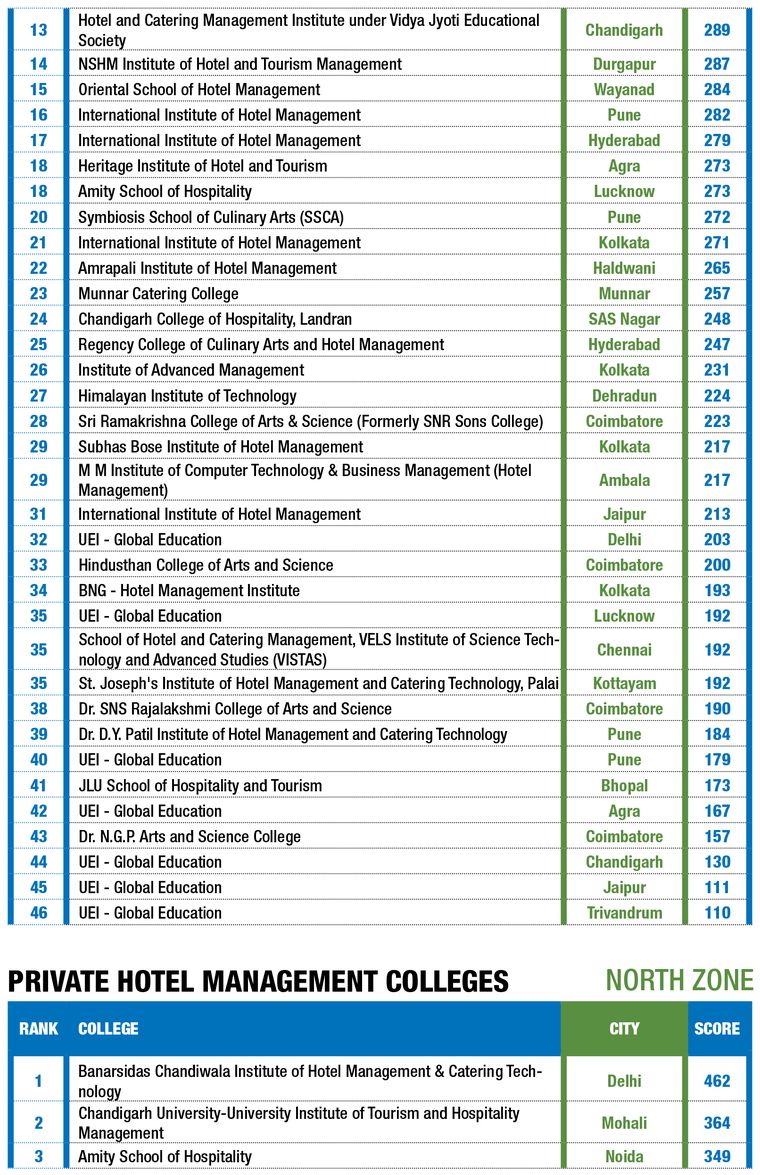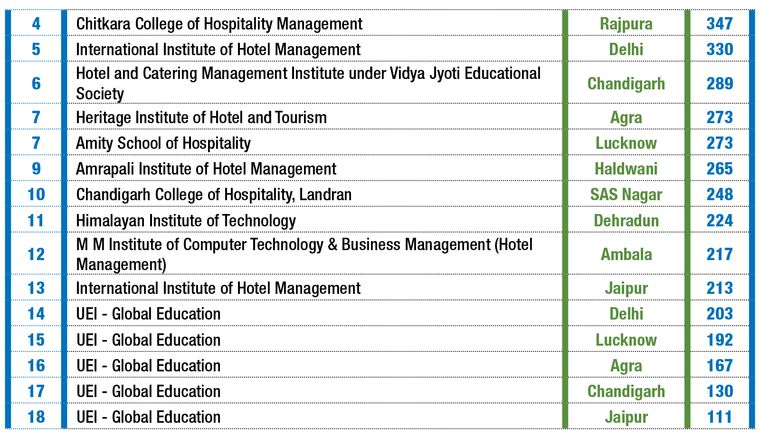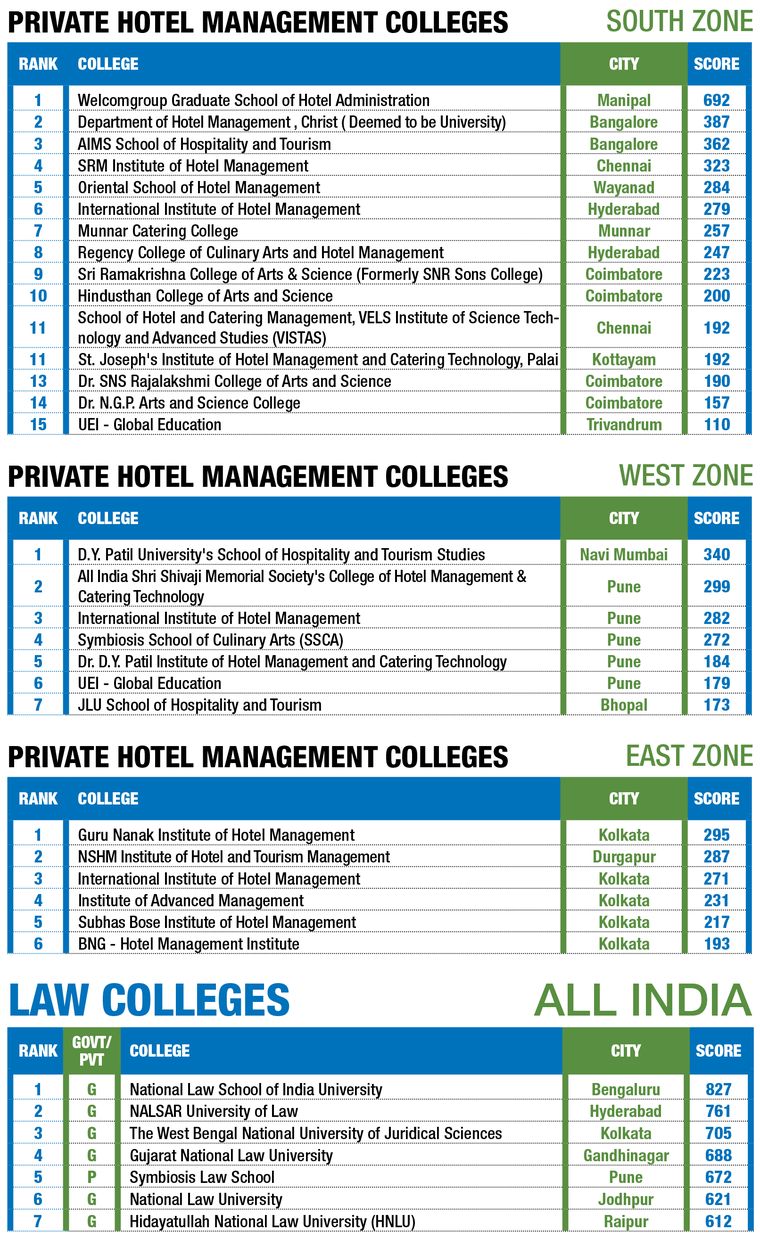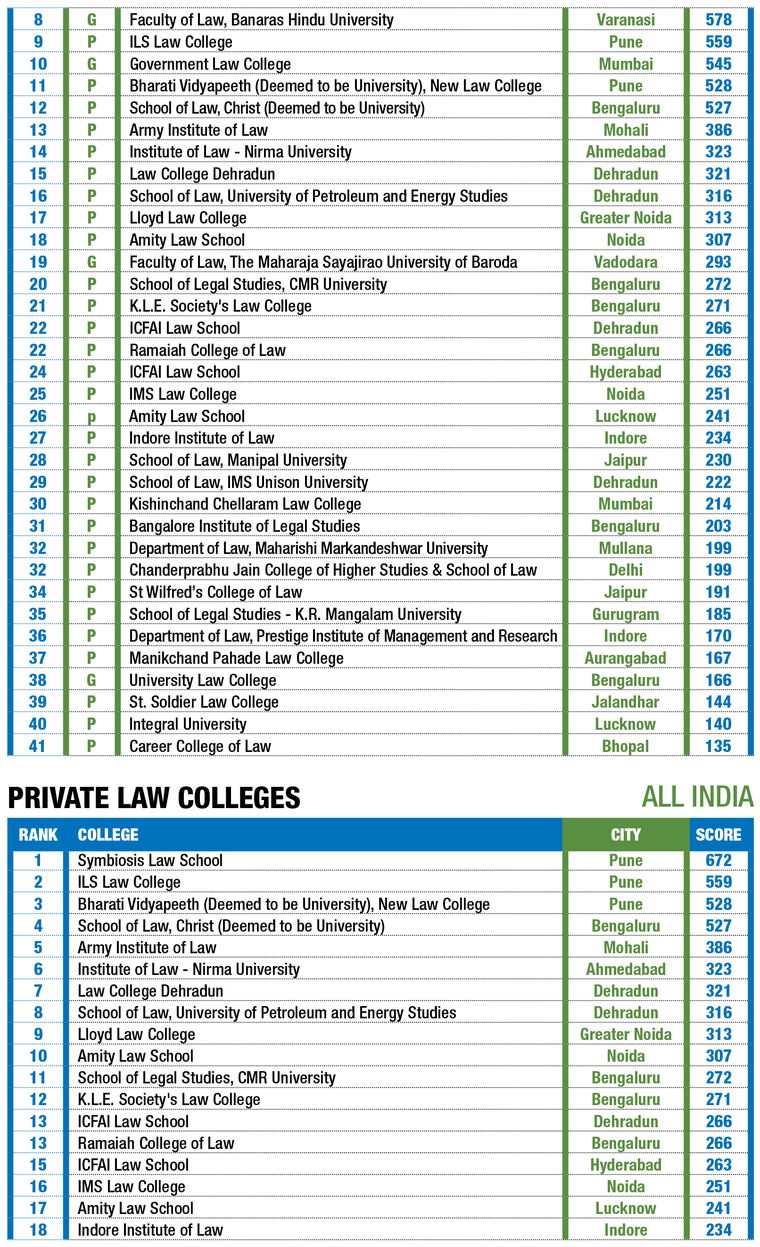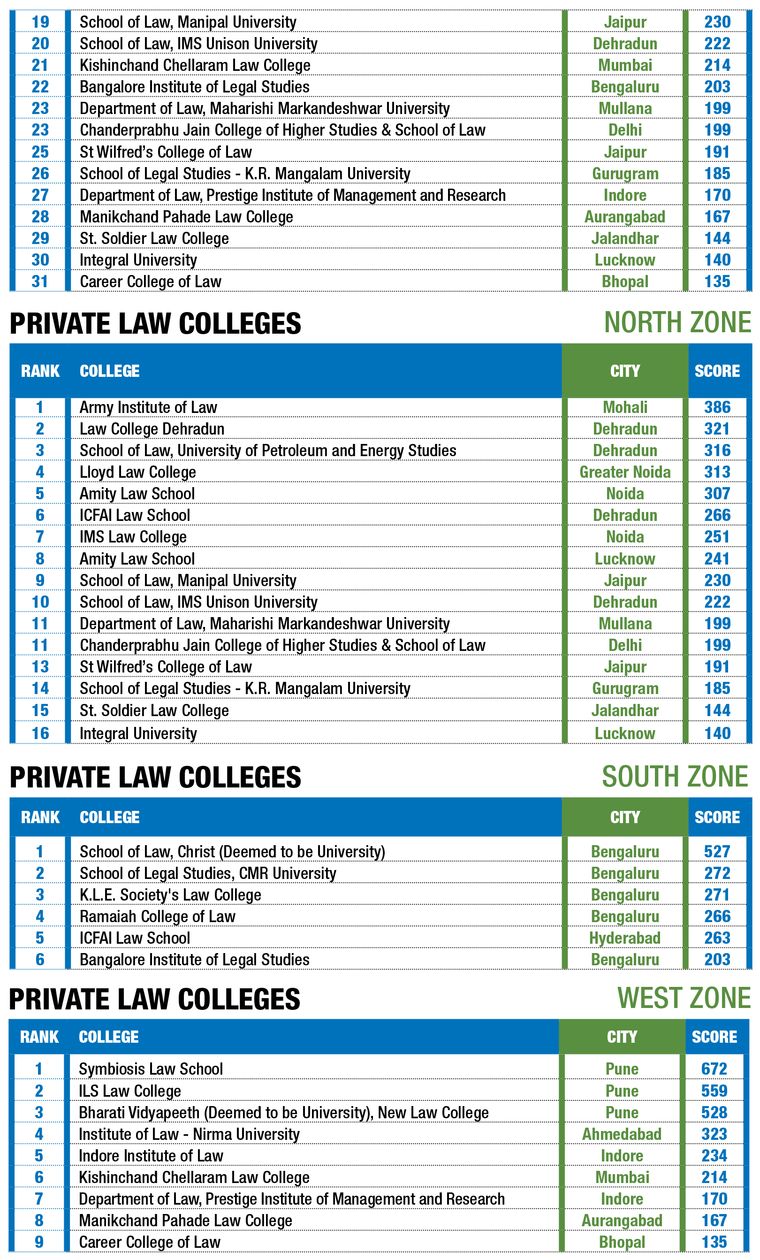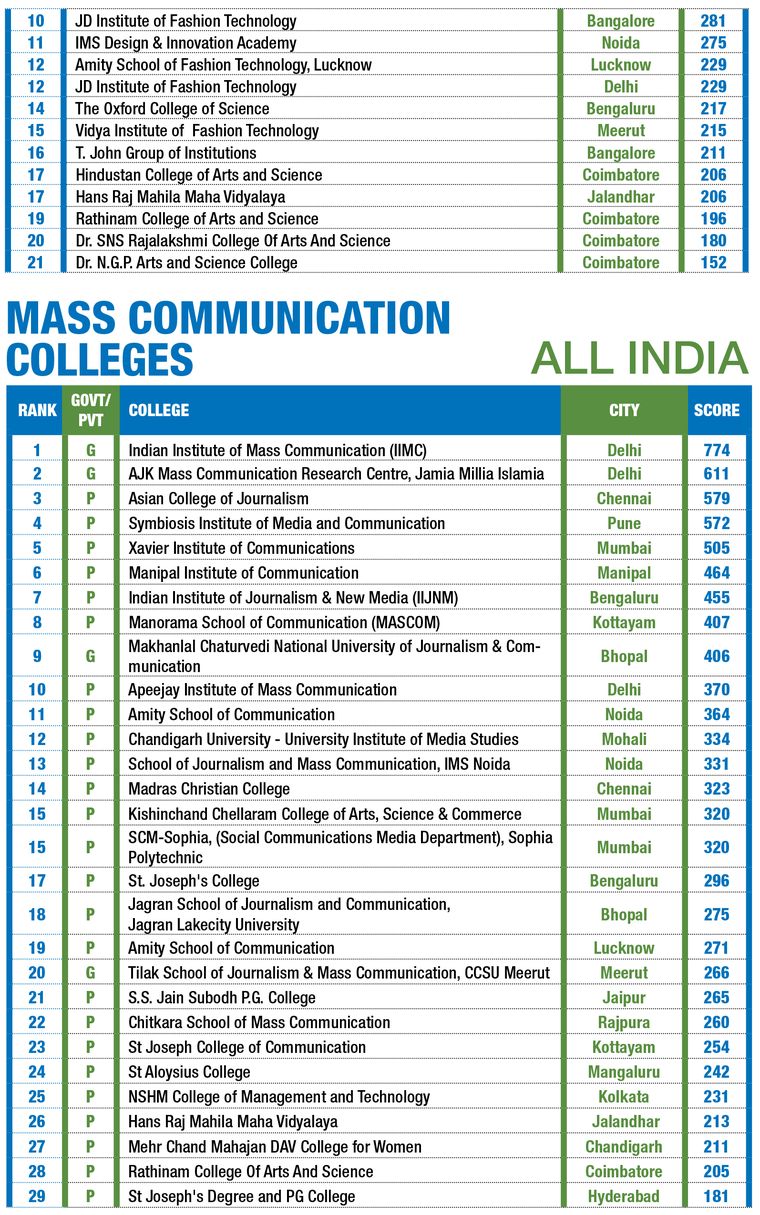In recent years, Indian movies like Zero (2018) and Brahmastra (2022) have had top-notch visual effects powered by Indian companies. They have shown that Indian technology is at par with global giants. More recently, India got its first AI news presenter, while AI and ChatGPT have dominated headlines. The seeds of such developments are sown in classrooms, particularly in STEM (science, technology, engineering, mathematics).
Even amid ruthless layoffs in the IT and technology sectors, STEM is seeing a resurgence. Studies show the demand for STEM courses growing steadily. “There was a shift from science to commerce earlier as the latter provides more scope for entrepreneurship,” says Prof V. Kamakoti, director, IIT Madras. “However, today, STEM is also leading to innovation and entrepreneurship. And that is why the demand for STEM courses is slowly increasing. All mathematics-based courses [have] a big range.”
According to an IBM study that was released in March, 66 per cent of the respondents think that STEM jobs will increase over the next decade. The study was conducted among a sample of 4,926 students, 4,629 job seekers, and 4,628 career changers in 13 countries, including Canada, France, Germany, India, Japan, the UAE, the UK, and the US. The report states that job seekers, students, and career changers around the world want to pursue roles related to STEM across industries, but say they are not familiar with career options.

To address the gap, premier institutes in India are launching a number of new courses. In January, IIT Madras launched an interdisciplinary, dual-degree quantitative finance programme. It is being jointly offered by the departments of management, computer science, engineering, and mathematics. Prof B. Ravindran, head, Robert Bosch Centre for Data Science and AI, IIT Madras, says that the course exposes students to the latest data science and AI techniques and that the combination of technology and finance enables students to contribute significantly to the digitisation of the finance and banking industry.
This becomes significant as The Future of Jobs Report 2023 by the World Economic Forum states that the growth that is forecast is approximately 40 lakh digitally-enabled roles, such as e-commerce specialists, digital transformation specialists, and digital marketing and strategy specialists. It also states that more than 75 per cent of companies are looking to adopt big data, cloud computing and AI feature technologies in the next five years. The majority of the fastest growing roles are technology-related roles like AI and machine learning specialists, followed by sustainability specialists, business intelligence analysts and information security analysts.
Prof Rangan Banerjee, director, IIT Delhi, says that new investments and modernisation of technology both at the country level and the university level is further encouraging students in this direction. An early push by schools is ensuring that students are exposed to AI and coding to help them identify their interests and to familiarise them with the technologies. In fact, CBSE schools have rolled out AI and coding courses for students from class 6 onwards. Lakshita Goyal, a class 11 student of Modern Public School, Delhi, says that when she was in class 7, an AI and coding course was introduced as part of their syllabus. Class 11 onwards, the course becomes an elective. “Since everyone is talking about AI now, I think it is a great step that students are being introduced to it in schools,” says Goyal. “We see AI and newer technology in our day to day lives now.”
While the interest in STEM is rising, humanities, too, has seen a steady growth with colleges introducing courses that cater to wider interest areas. Ishan Sharma, who is pursuing BA in multidisciplinary studies at St. Stephen’s College, Delhi, plans to pursue a career in public policy and chose the course as it equips him with the two subjects he needs; he is majoring in economics and minoring in political science.
STEM, THE PROBLEMS
Lack of resources and guidance is one barrier when it comes to choosing STEM. The 2023 IBM report on STEM careers highlights the misconceptions around it and states that the notion that the courses would be costly and not knowing where to start are the biggest barriers in training.
Kamakoti says that a challenge is the perception that only a certain set of courses will lead to employment and hence there is need for awareness.
Prof Anil Shaji, school of physics, Indian Institute of Science Education and Research, Thiruvananthapuram, says another challenge is guaranteeing the quality of the training and teaching as these are relatively resource-intensive in terms of having good laboratory infrastructure, qualified teachers and so on. “We are producing professionals who use their scientific training as part of their job, so that level of infrastructure and exposure is required,” he says. “With the increasing economic value being placed on innovation and the creation of intellectual property, we need people trained enough to put their scientific and technical knowledge to actual, productive use in society.”
However, finding good faculty is a challenge, according to Banerjee. He says that when students are now asked if they would like to become educators, very few show interest. He says that IITs are fortunate in being able to find good faculty, but at many institutions that is a problem. “Becoming a teacher should be a good career choice for young people, but currently that is not always the case,” he says. “Efforts must be made to change that.”
Moreover, because technology is developing rapidly, it is a challenge to keep up with the pace of development, says Prof John Varghese, principal, St. Stephen’s College. “By the time you invest in equipment, the technology becomes redundant,” he says. Therefore, a constant update is required.” To fix this, St. Stephen’s, apart from investing in updating infrastructure, fosters an attitude where young people and faculty are encouraged to link what they are studying with other areas and newer developments that are happening all over the world, says Varghese.
GOVERNMENT INITIATIVES
It was in 2020 that Prime Minister Narendra Modi launched the I-STEM portal as an important national programme to build a unique ‘one nation, one research’ web portal for the scientific community. Once researchers locate the desired facility through I-STEM, they can make an online reservation, paying for it through a secure payment gateway.
Last year, WEST―women in engineering, science and technology―was launched to initiate women back into science and technology domains after a break.
While such national initiatives encourage higher STEM education and research, efforts at primary level, too, instill a STEM mindset in students hence aiding the Indian tech education system to develop for the future. For instance, the school education department in Tamil Nadu directed all 13,210 government middle, high, and higher secondary schools to form STEM clubs for students from class 6 to 8.
A 2023 study by Ernst & Young finds that as one of the largest exporters of services globally, India stood at $157 billion in the fiscal year 2021-2022; $106 billion (close to 09 lakh crore) was IT services. Direct employment in the IT and BPO segment is estimated at 51 lakh (2021-2022) and indirect job creation is estimated at more than one crore. In the next two decades, as India gains strength as the world’s technology and innovation hub, the share of transformational and more complex, expertise-based services will enable the Indian IT services sector to grow faster. EY also states that India has the potential to be the robotics and AI capital of the world, with as many robots as engineers serving clients 24x7 in a hybrid workforce.
Kamakoti, who believes data science is the future, says that CSR funds from industry must be pumped in over the next two years to facilitate improvement of research infrastructure at institutions. “Students should be [engaged] at school levels so that when they come to college, they can pursue a similar process,” he says.
CORRECTING GENDER IMBALANCE
The Future of Jobs Report 2023 indicates that the Indian job market is expected to witness a churn over the next five years, with top emerging roles coming from AI, machine learning and data segments. As the future holds promise of an AI-enabled time and rapidly evolving technology, the interest in STEM is increasing across genders. Naturally, participation of women in STEM courses has seen a rise in recent years. At IIT Madras, a number of science courses have a greater number of women than men and there has been a continuous rise in the percentage of women compared with men.
At IIT Delhi, too, the gender issue is being corrected. Banerjee says that though the ratio is still not 50:50, the percentage of female students has increased and currently stands at about 29 per cent. He says further steps are being taken to correct the gender imbalance. This has also been the result of the supernumerary quota for women at IITs that initially, in 2018, reserved 14 per cent seats; this was increased to 17 per cent a year later and eventually to 20 per cent. In the 1990s, the women to men ratio at IITs was 1:10.
Varghese says that at St. Stephen’s, more women are opting for tertiary and higher education as, generally, women are more inclined towards higher education. With the rising number of female students, the ratio among faculty is also improving. Prof Shubha Pandit, principal, K.J. Somaiya College of Engineering, Mumbai, says that in cities like Mumbai and Pune, the number of male and female faculty is almost equal. “In fact, we have 65 per cent female teachers in our college,” she says.
Though far from achieving a gender balance in STEM courses, there seems to be a gradual positive change. This becomes a significant milestone to boost India’s IT sector as an analysis by CFA Institute―a global association of investment professionals, with disclosures from 134 companies―suggests that India’s IT sector had the highest female participation rate (30 per cent) during 2021-2022.
WHY INDIA LAGS BEHIND IN RESEARCH
India is home to premier institutes like IITs, yet when it comes to research, it lags behind. A recent report by British higher education analyst Quacquarelli Symonds with data from the research analytics platform SciVal, mentions that though India’s research output is more than double the global average (between 2017 and 2022, India’s research output grew by around 54 per cent, taking it to the fourth position globally in producing academic papers), it lags behind in citations as it stood ninth globally.
Shaji of IISER says that research must not only be limited to theoretical studies but must find applications in industry as well. He suggests an industrial partnership wherein industry leaders can guide researchers on real world applications. “Our new i2 science programme (integrated and interdisciplinary sciences) focuses on applied aspects of science, whether it is medicinal chemistry or bio-physics so that students can not only indulge in research but also take up the skill, jobs or even start new ventures in these kinds of areas,” he says.
When it comes to newer technologies and rapidly advancing AI and robotic systems, India is behind in terms of citations. Last year, former Niti Aayog chairman Amitabh Kant, too, noted that the country lags behind in artificial intelligence research and needs to elevate its supercomputing capabilities. He had noted that India falls behind in core and applied research and must take efforts to catch up with the US and China.
Prof Ashish Verma, convenor, sustainable transportation lab, Indian Institute of Science, Bengaluru, makes a case for governmental investment in funding research in STEM areas, as current support is inadequate. “They need to provide funding support for open access publication in STEM, which will boost visibility and impact of Indian research, internationally,” he says.
EXPERT SPEAKS
What needs to be changed to prepare students for future jobs? Vineet Nayar, former CEO of HCL Technologies, author and philanthropist, says that both universities and IT companies should collaborate to fix the abundance of supply of “past skills” and shortage of “future skills” we face today. “In 2008, IT firms saw significant growth within two quarters of the US meltdown because we had ready skills, people, and pricing to solve the cost take-out problem,” he says. “In 2023, customers are once again seeking accelerated technology investments to drive digital led growth.”
Nayar says that IT companies now hire high school pass-outs and train them on coding and testing skills in just three months, giving them the advantage of lower costs and lower attritions. What they now seek from universities and engineering colleges are advanced digital skills. “Thus, the challenge is not the availability of talent with basic technology skills, it is how we use the four years in college to up the skill levels and make them relevant for tomorrow,” he says.
He pitches for collaboration between IT companies and colleges so that the former invests in the latter through live projects and structured feedback. “Technology skills in demand will keep changing, thus, which skill is relevant for the future is the wrong debate,” he says. “How to build them is where we need design thinking, innovation and relentless execution, at scale. We also have to give up our obsession of parking all problems on the door steps of the government.”
India has the potential to become a global education hub, but to achieve this, we need to promote research and innovation, and create a conducive environment for learning.
Ashok Kumar Mittal
Chancellor, Lovely Professional University


